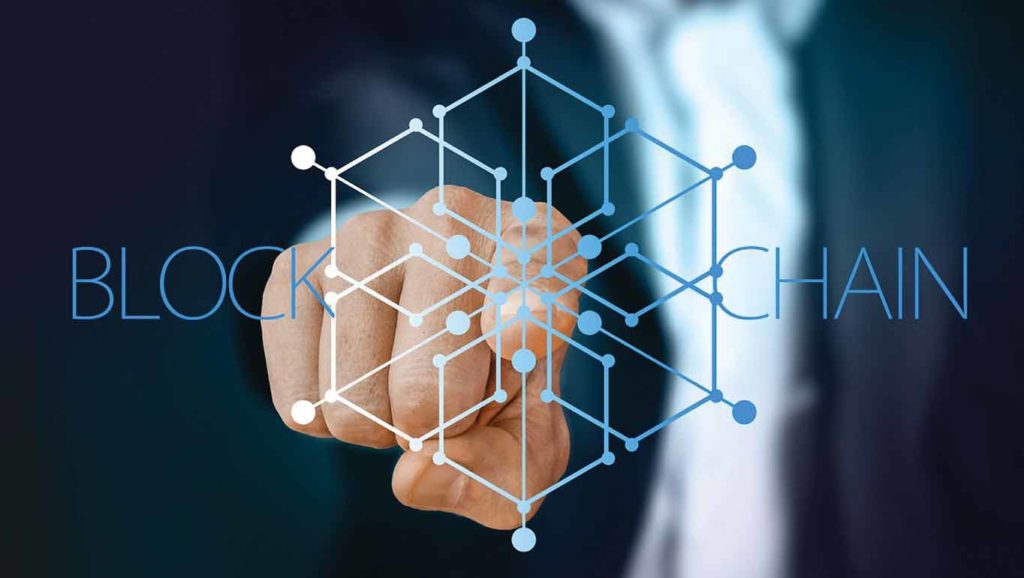Development aid flows are notoriously leaky, but blockchain can help keep an eye on every transaction, reduce waste and graft and direct funds safely to the planned recipients.
In a perfect world, every dollar of development aid would be spent in the way its donors want, and its beneficiaries need. In the real world, unfortunately, this doesn’t always happen. Some funding covers transaction costs and some are lost to corruption, waste and mismanagement as the money passes through several pairs of hands. Approximately $186 billion is spent on development assistance or aid each year and an estimated 30% fails to reach its intended beneficiary – with billions lost to corruption and theft annually. When you factor in a lack of understanding of the effectiveness of expenditure, it’s clear that the world’s most vulnerable communities are being denied vital funds.
But what if donors and other stakeholders had full visibility of funds as they flow through institutional layers – with every step permanently recorded? With an immutable record, it would be hard to siphon off or misplace funds and increase the chance of money ending up in the right place. The idea is not so far-fetched. Exciting new technologies like blockchain are opening up opportunities to track the flow of funds – which account for how they are spent and show the outcomes.
The case for blockchain is compelling. By enabling multiple actors in a system to verify what others are doing in real-time, it’s already making supply chains more transparent, automated, and frictionless. I believe it has a similar potential for the complex development aid pipeline, ensuring that each step is visible to all – and recorded – with assured security and privacy.
How could it work?
Each system user – whether in a government department in a donor country, or a local NGO beneficiary – could access the same interface to view the same information. Purchase orders, invoices, payment time and date, and photos of equipment bought or services rendered would be instantly visible to all parties. A development agency official might log on and pull up the record of when and how funds have passed to a remote field hospital, seeing a photo of a fully equipped vaccination center – captured on smartphone by medical professionals. In addition to improved transparency, a blockchain system would also cut external audit time and cost.

How might blockchain work?
To build a representation on the blockchain, one must first understand the recipient’s internal processes. To test the system, tokens can be minted that represent the transfer of live funds, with staff able to view each transaction as it is disbursed down to the most granular level. When a staff member clicks on a transaction on the internal system, they will find details, including the sender, recipient, timing, and verification that items arrived safely. Ideally, the system should update automatically and be visible upstream. And, as digital assets such as stable coins or digital currencies take hold, more powerful applications will emerge for integrated value exchange measured – both financially and non-financially.
I’m confident that this model could become standard for development funds. It’s the first step toward putting all an organization’s transactions on the blockchain so they’re transparent and trackable, after which this approach can be applied to other agencies.
Ultimately, a “production-grade” blockchain platform can give complete traceability of all disbursements. A single, shared view of the truth helps donors check that their contributions are being used as intended, and enables all parties to view allocated funds, transactions, and expenditures – in real-time.
Many international development projects are long and complex, with an increasing number of donors, contracts and constituents. Visibility has traditionally been limited to the first transaction between the fund and the borrower because donations and disbursements are managed by Enterprise Resource Planning (ERP) systems and manual processes.
But with blockchain, development aid stakeholders can track both financial flows and outcomes achieved – as well as reduce admin costs. This should lead to a more efficient use of contributions and resources and help development organizations focus on their core goals of improving society and the environment.
I hope for the entire aid ecosystem to be made visible on the blockchain, making high transaction costs and downstream corruption largely a thing of the past. At a time when communities around the world are still suffering from the effects of the COVID-19 pandemic, inflation, resource shortages and climate change, making development aid go further is a huge priority.
Information referenced from OECD and Georgetown Journal of International Affairs.


